Malwa's Environmental Crisis: Pollution, Policy Failure, and a Growing Public Health Catastrophe
The Malwa region of Punjab is grappling with a deepening environmental and public health crisis, primarily driven by unchecked industrial and municipal pollution. At the center of this crisis is the Budha Nallah (Buddha Stream)—once a freshwater lifeline, now a symbol of ecological devastation and human suffering. Despite legislative measures such as the Punjab Pollution Control Amendment Act of 2014, pollution in the region has reached alarming levels, severely endangering the health of local communities.
Budha Nallah: From Lifeline to "Cancer Stream"
Stretching 14 kilometers through Ludhiana and surrounding areas, the Budha Nallah has deteriorated into a toxic channel of industrial waste and sewage. It receives effluents from nearly 2,000 industrial units, untreated domestic sewage from Ludhiana, chemical discharge from dyeing and electroplating units, and pesticide-laden agricultural runoff. Once a thriving freshwater stream, it is now ominously dubbed the “cancer stream” by locals, reflecting the devastating health impacts of prolonged exposure to its contaminated waters.
Scientific analyses reveal shocking concentrations of heavy metals like chromium, lead, cadmium, and mercury—well beyond permissible safety limits. The stream also contains high levels of organic pollutants such as benzene derivatives, PCBs, phthalates, and pharmaceutical residues. Technical readings show Biochemical Oxygen Demand (BOD) at 30 to 40 times above the safe limit of 3 mg/L, Chemical Oxygen Demand (COD) ranging between 250 and 350 mg/L (against a 10 mg/L norm), and Total Dissolved Solids (TDS) levels of 2,000 to 3,000 mg/L, far exceeding the acceptable 500 mg/L threshold.
These contaminants are not confined to the stream alone. They have infiltrated the region’s groundwater and soil, posing multiple and persistent routes of exposure—through drinking water, crop irrigation, air, and even local food products—creating an inescapable cycle of contamination.
Malwa: Punjab’s “Cancer Belt”
The environmental degradation has earned Malwa the grim title of Punjab’s “Cancer Belt.” Districts such as Bathinda, Mansa, Sangrur, and Ludhiana report cancer prevalence rates 1.5 to 2 times the national average. The most common diagnoses include breast, cervical, gastrointestinal cancers, and leukemia, with many cases reported in young adults and children. In some villages, nearly every household has been touched by cancer, straining family resources and community resilience.
Beyond cancer, the region reports soaring rates of reproductive disorders, developmental delays in children, chronic respiratory ailments, skin conditions, and gastrointestinal illnesses. The contamination’s pervasiveness makes avoidance nearly impossible. Groundwater, long considered a reliable source for drinking and household use, has been severely compromised. Agricultural produce irrigated with toxic water accumulates pollutants, creating a secondary exposure path through the food chain.
Children playing near polluted sites and farmers working in contaminated fields face direct contact with toxins. Meanwhile, volatile organic compounds evaporate into the air, and dust from dried industrial sludge spreads pollution across wider areas, extending the crisis beyond the immediate vicinity of Budha Nallah.
Systemic Failures and Regulatory Gaps
Despite existing regulatory frameworks, including the 2014 Punjab Pollution Amendment Act, enforcement remains weak. Chronic underfunding, bureaucratic inefficiency, and widespread corruption plague environmental monitoring agencies. Industries often receive prior warnings before inspections or escape penalties through bribes. Fragmentation among government departments further hampers coordinated action, allowing polluters to exploit regulatory gaps.
Efforts to regulate industrial waste are further undermined by economic pressures on businesses to cut operational costs. Urban infrastructure for sewage treatment remains inadequate, adding to the toxic burden of waterways like Budha Nallah.
The 2025 Amendment: A Step Backward?
The recently introduced Punjab Pollution Amendment Act-2025, intended to address persistent regulatory challenges, has sparked widespread criticism. While it claims to promote sustainable development, the Act grants expanded exemptions to industries deemed “economically critical,” effectively weakening oversight. It extends deadlines for compliance, enabling continued pollution under the guise of transition. Most concerning is the redistribution of enforcement powers away from specialized environmental bodies to general administrative authorities with limited technical knowledge and potential ties to industrial stakeholders.
Experts warn that this shift dilutes environmental protection and prioritizes industrial growth over the wellbeing of already vulnerable communities.
Disproportionate Impact on the Vulnerable
The crisis hits the most disadvantaged communities the hardest. Rural residents with limited political clout or financial means cannot afford filtration systems or medical treatment. Access to specialized care often requires costly travel to urban centers. Families are forced to make impossible choices between health, livelihood, and survival. Intergenerational impacts are emerging, with children of exposed parents showing developmental delays that may affect their lifelong wellbeing.
The psychological toll is equally devastating. Living with chronic illness, watching loved ones suffer, and facing constant environmental threats has created a climate of trauma and hopelessness among residents.
Path Forward: A Call for Bold, Coordinated Action
Solving the Malwa crisis requires more than legislation—it demands committed, comprehensive action. Strict enforcement of environmental laws must become the norm, supported by significant investments in monitoring infrastructure and real-time testing. The establishment of Common Effluent Treatment Plants (CETPs) and transparent oversight mechanisms could drastically reduce industrial discharge into local waterways.
Groundwater remediation programs and soil recovery strategies are urgently needed. In parallel, healthcare access must be expanded, with mobile clinics, cancer screening, and local treatment facilities becoming standard in affected areas. Research into sustainable farming practices and industrial alternatives should be incentivized.
Only by prioritizing public health over short-term economic gains, holding polluters accountable, and enforcing regulations without political interference can Punjab begin to reverse the damage done.
Conclusion
The Punjab Pollution Amendment Act-2025 risks becoming yet another missed opportunity to take meaningful action. For residents of the Malwa region—living amid toxic air, contaminated water, and polluted soil—promises of reform ring hollow without immediate, tangible results.
Unless bold steps are taken now, this decades-long crisis will continue to escalate, costing countless more lives and further poisoning a land once known for its vitality. It is time to listen to the suffering voices of Malwa and place their right to health and safety above industrial profits and political convenience.




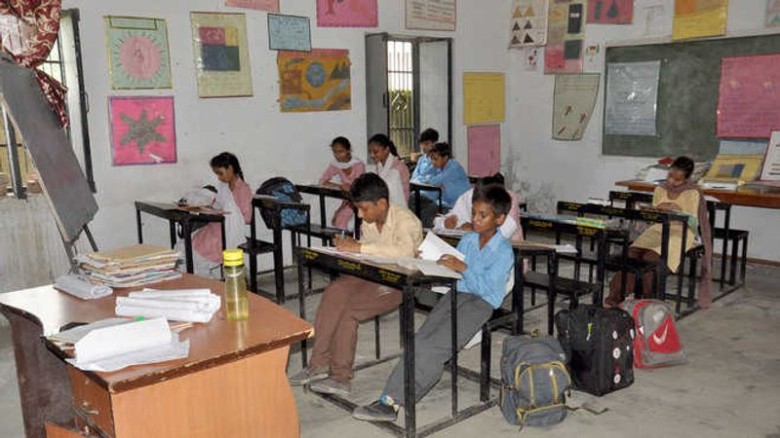
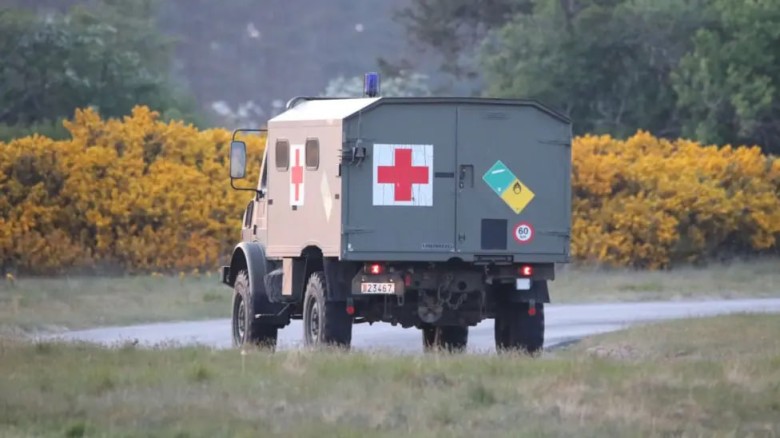





















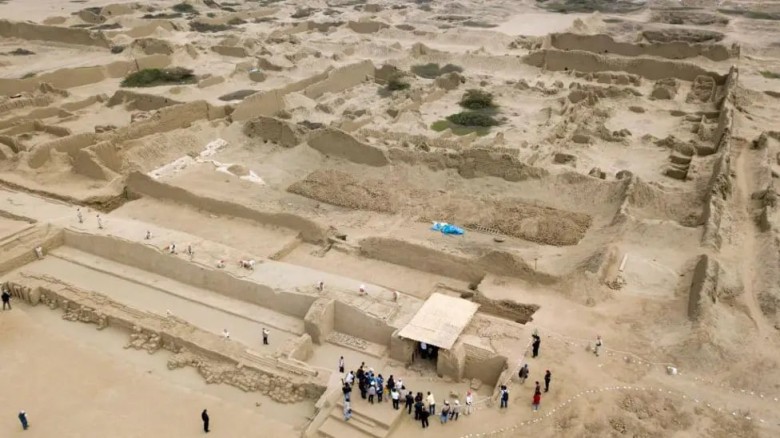







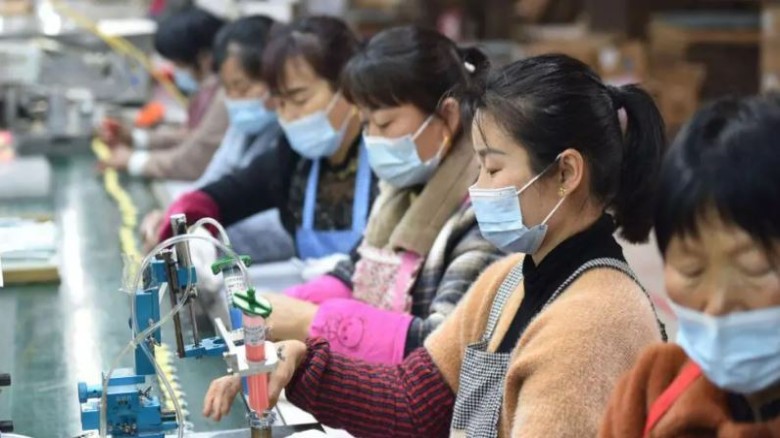


































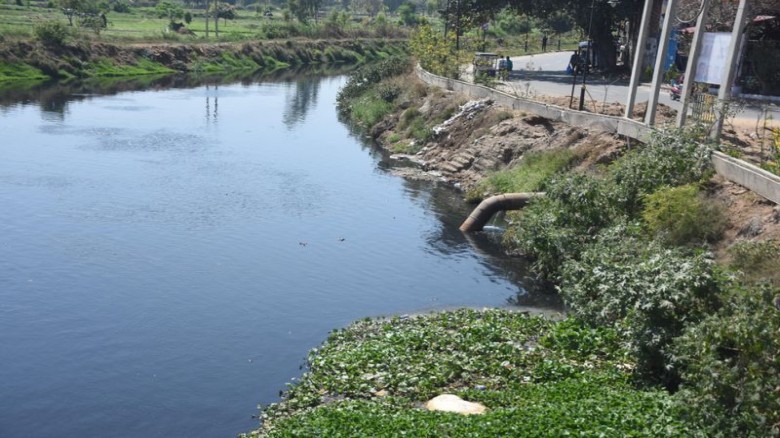


Leave A Comment